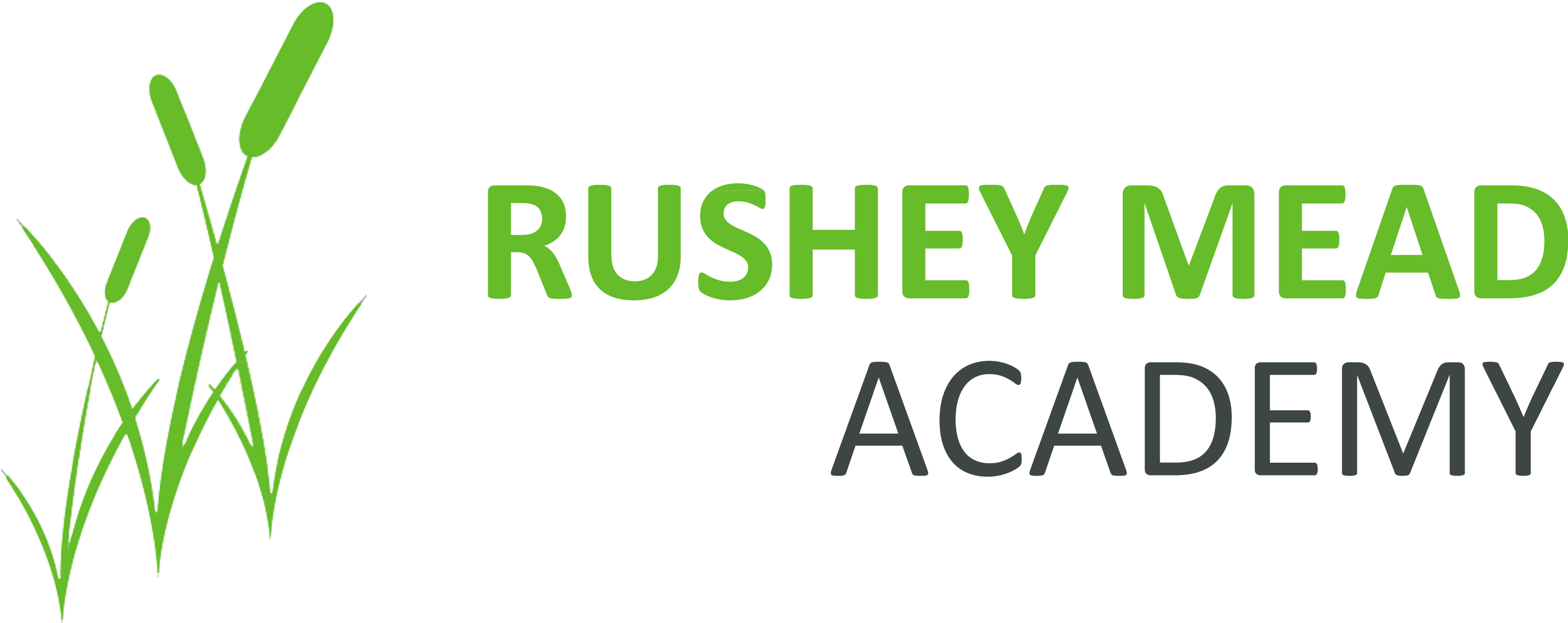Quotes
“Design is not just what it looks like and feels like. Design is how it works.” – Steve Jobs
“Enjoy failure and learn from it. You can never learn from success” – Sir James Dyson
“Design is not a philosophy its for life” – Izzy Miyake
“Design creates culture. Culture shapes values. Values determine the future.” – Robert L Peters
“Design isn’t finished until somebody is using it.” – Branda Laurel
Purpose
The Design technology curriculum at Rushey Mead Academy supports students to develop creativity and imagination, to design or make products that solve real and relevant problems. Students will need to consider their own and others’ needs, wants and values so that they acquire a broad range of subject knowledge and become designers that are conscious of the environment. Pupils learn how to take risks, through innovative designing. Through the evaluation of past and present outcomes in Design & Technology and Food Preparation & Nutrition, they develop a critical understanding of its impact on daily life and the wider world. As part of their work with Food Preparation & Nutrition, pupils are taught how to cook and apply the principles of nutrition and healthy eating, so that a passion for cooking is instilled in pupils.
Aims
The curriculum for design and technology aims to ensure that all pupils:
- develop the creative, technical and practical expertise needed to perform everyday tasks confidently and to participate successfully in an increasingly technological world
- build and apply a repertoire of knowledge, understanding and skills in order to design and make high-quality prototypes and products for a wide range of users
- critique, evaluate and test their ideas and products and the work of others
understand and apply the principles of nutrition and learn how to cook.
Faculty Staff
Mrs J Mamo – Curriculum Lead – [email protected]
Ms N Griffiths – Second in charge for D&T – [email protected]
Ms P Launa Hewage – Specialist Leader for Timetabling, Options & Logistics & Teacher of Design & Technology – [email protected]
Ms N Thanki Assistant Principal: Personal Development & Teacher of Design & Technology – [email protected]
Mr Y Puna – Teacher of Design & Technology – [email protected]
Ms S Elmishri – Teacher of Design & Technology – [email protected]
Ms B Smith-Hayes – Teacher of Design & Technology – [email protected]
Mr P Kimche – Design Technician – [email protected]
Ms M Jewell – Design Technician – [email protected]
Mr A Sagir – Design Technician – [email protected]
